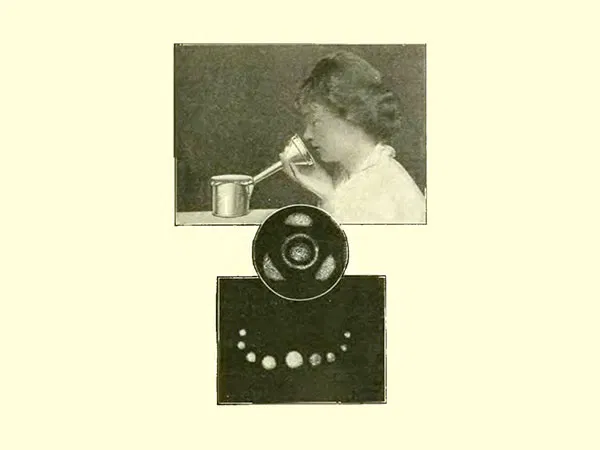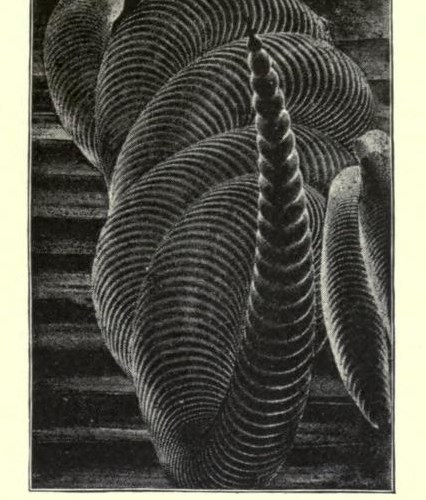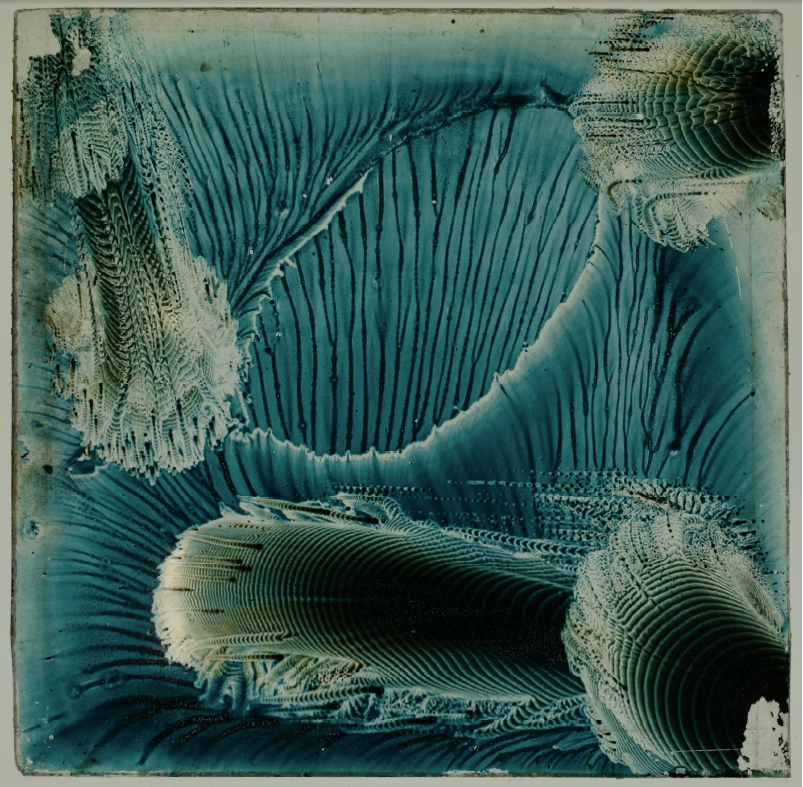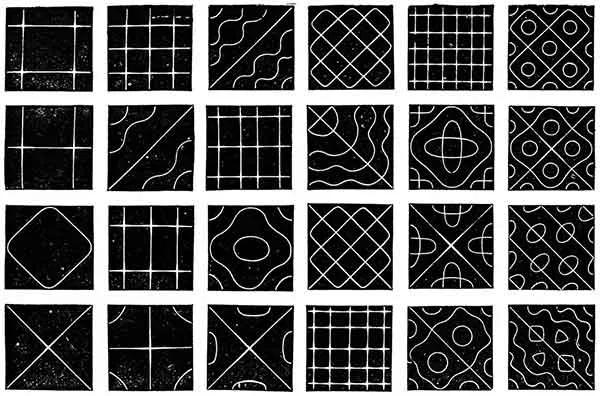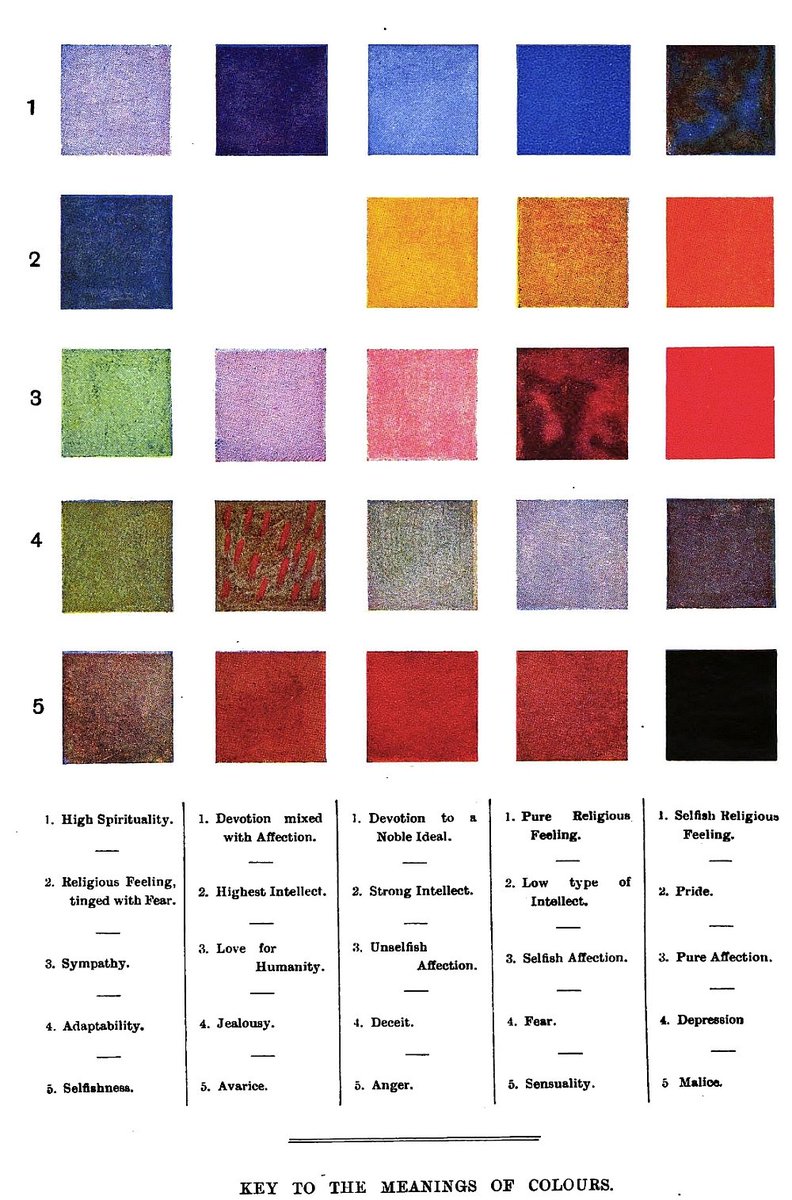I& #39;m gonna tell you the story of Margaret Watts Hughesu2028, a pioneer of art and science and visual music, even if she wasn& #39;t really aware of that.
She was born in 1842 in Welsh. When she was young, she studied singing with two musicians from her village. In 1864, she was accepted in the Royal Academy of Music in London. She then began to earn a living by singing and giving singing lessons.
At that time, the Royal Society of London organised evenings to present scientific discoveries. Only men could attend to those evenings, but in 1876 they started a second programme open to women. The first woman who dared to present an invention was Margaret.
The invention was the eidophone, a device to visualise the voice. Since she was a teacher as well as a singer, she was interested in seeing the sound of the voice graphically, so she built a kind of trumpet that had a mouthpiece on one end and a membrane on the other.
She poured powder or a dense liquid on the membrane and sang. She found that the vibrations of the voice generated much more complex and fascinating forms than she thought. The shapes depended as much on the substance used as on the manner of singing.
She perfected the technique so much that she could generate different types of flowers with his voice, such as daisies and pansies. By placing glass plates on the membrane, she also generated geometric figures, such as circles and spirals.
It was a mystery to her why these figures emerged, but she was aware that perhaps they suggested something about how nature produces its shapes. Her conclusion was that the universe had been formed from the vibrations of God& #39;s voice.
It may sound a bit silly, but most people at her time were really religious. Besides, she didn& #39;t know anything about science. But, in fact, what she was doing was cymatics, which is the name Hans Jenny gave years later to this kind of effect caused by sound wave vibrations.
Scientists such as Galileo Galilei, Robert Hooke and Ernst Chladni had already investigated that kind of phenomena, without giving them a name. Margaret was one of the first people to use cymatics for artistic purposes.
You can find a text written by her about all this at "Visible Sound: Voice-Figures", Margaret Watts Hughes, Century Magazine 42, 37 (1891). https://archive.org/details/centuryillustrat42newyuoft/page/36/mode/2up">https://archive.org/details/c...
There& #39;s not so much literature about her, but there& #39;s a really great article by @MullenderRob at @PublicDomainRe. It& #39;s the best one that I& #39;ve read about her. https://publicdomainreview.org/essay/picturing-a-voice-margaret-watts-hughes-and-the-eidophone">https://publicdomainreview.org/essay/pic...
Y si vuestra lengua es el español en cualquiera de sus variedades, hace un tiempo traduje su texto. http://www.makimono.es/sonido-visible-figuras-voz-margaret-watts-hughes/">https://www.makimono.es/sonido-vi...
Funny detail, I discovered her years ago reading this theosophical book compiled by the members of the Theosophical Society A. Besant and C. W. Leadbeater. https://www.gutenberg.org/files/16269/16269-h/16269-h.htm">https://www.gutenberg.org/files/162...

 Read on Twitter
Read on Twitter
